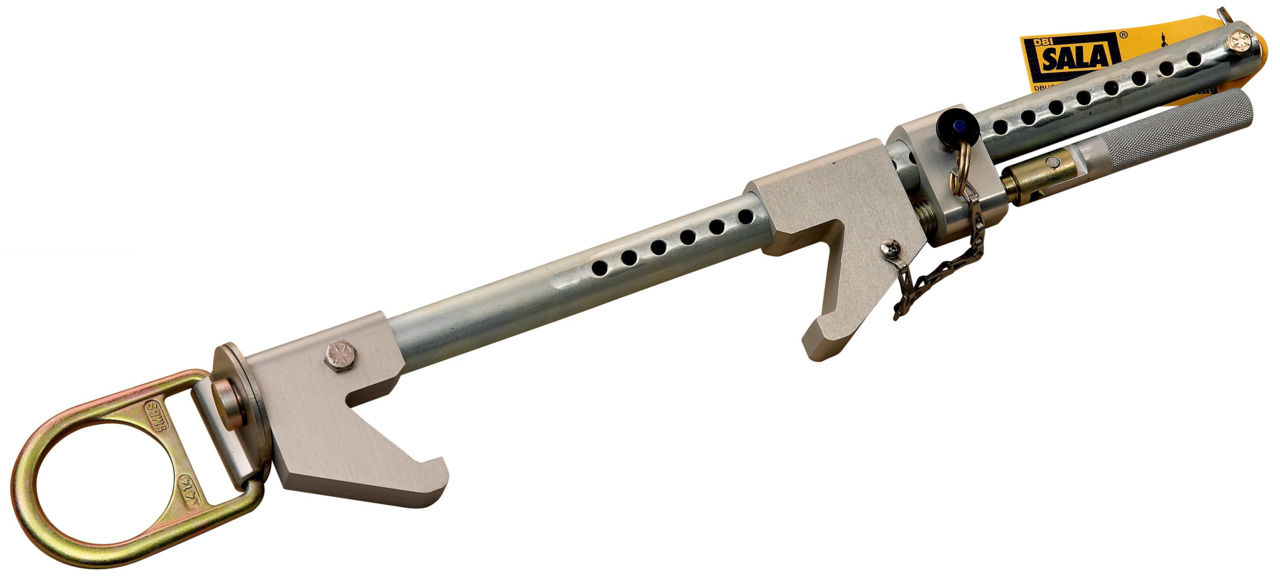Anchor Points and Connectors
Filter
155 items
content loaded
Price
$670.69 (EACH)
Item pricing and delivery options may vary based on location. Select your local branch for best pricing.
Price
$162.99 (EACH)
Item pricing and delivery options may vary based on location. Select your local branch for best pricing.
Price
$37.99 (EACH)
Item pricing and delivery options may vary based on location. Select your local branch for best pricing.
Price
$121.59 (EACH)
Item pricing and delivery options may vary based on location. Select your local branch for best pricing.
Price
$18.99 (EACH)
Item pricing and delivery options may vary based on location. Select your local branch for best pricing.
Price
$25.19 (EACH)
Item pricing and delivery options may vary based on location. Select your local branch for best pricing.
Price
$414.99 (EACH)
Item pricing and delivery options may vary based on location. Select your local branch for best pricing.
Price
$181.99 (EACH)
Item pricing and delivery options may vary based on location. Select your local branch for best pricing.
Price
$670.69 (EACH)
Item pricing and delivery options may vary based on location. Select your local branch for best pricing.
Price
$162.99 (EACH)
Item pricing and delivery options may vary based on location. Select your local branch for best pricing.
Price
$37.99 (EACH)
Item pricing and delivery options may vary based on location. Select your local branch for best pricing.
Price
$121.59 (EACH)
Item pricing and delivery options may vary based on location. Select your local branch for best pricing.
Price
$18.99 (EACH)
Item pricing and delivery options may vary based on location. Select your local branch for best pricing.
Price
$25.19 (EACH)
Item pricing and delivery options may vary based on location. Select your local branch for best pricing.
Price
$414.99 (EACH)
Item pricing and delivery options may vary based on location. Select your local branch for best pricing.
Price
$181.99 (EACH)
Item pricing and delivery options may vary based on location. Select your local branch for best pricing.









